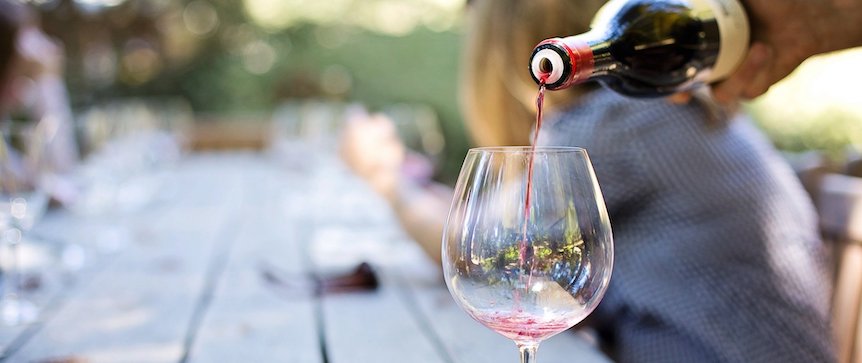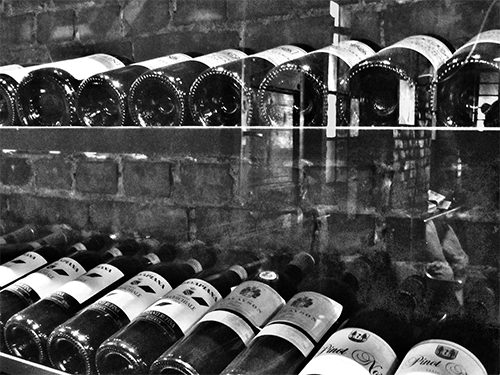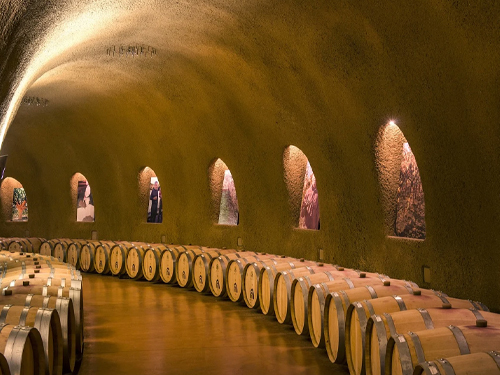Rédigé le 09/03/2021
Quelques astuces pour déguster au mieux votre vin

Chaque vin mérite d'être dégusté de la meilleure des manières. Que vous soyez professionnel ou amateur, une bonne dégustation peut être faite. Malgré le fait que cela semble très complexe, elle reste très simple pour une chose : elle est personnelle.
Déguster son vin sera donc une expérience unique et propre à chacun. Si vous ne ressentez pas exactement la même chose que votre voisin, pas de panique ! Certaines personnes ont un goût ou un odorat plus sensibles et ressentiront le vin de manière plus intense.
L'un des premiers éléments à prendre en compte pour la dégustation du vin est tout d'abord, de choisir le bon verre. Ce dernier permettra à l'oxygénation de se faire correctement et donc, de bien libérer les arômes. Vous pouvez retrouver quelques astuces ici.
Il n'y a pas de "bons" lieux pour la dégustation d'un vin. Elle peut être faite à la bouteille, directement au fût ou chez un ami, autour d'une table. Mais il y a malgré tout quelques règles à respecter. Deux éléments sont déterminants pour la dégustation d'un vin : sa température et son âge.
LA TEMPÉRATURE :
Cette notion est sans aucun doute l'une des premières à prendre en compte pour une dégustation. Et pour cause, un vin servit à mauvaise température pourrait l'altérer.
Un vin rouge de Bourgogne peut être servi pour commencer à 16°. Il se réchauffera petit à petit lors de la dégustation et n'en sera que meilleur.
Pour un blanc, la température optimale est de 12°.
Une température trop froide va resserrer votre vin et ainsi "enfermer" les arômes qui ne pourront pas s'exprimer.
Une température trop chaude fait ressortir le goût de l'alcool qui prend le pas sur tous les arômes, ce qui n'est pas agréable en bouche.
L'ÂGE DU VIN :
Aujourd'hui, l'âge du vin est moins pris en compte. De plus en plus de personnes aiment boire le vin dans leur prime jeunesse. Et pour cause, on a parfois très peu de bouteilles et la gourmandise de vouloir le déguster tout de suite prend souvent le dessus.
De plus, certaines personnes n'ont pas la cave adéquate pour conserver correctement les vins.
Si vous êtes en capacité de faire mûrir un vin correctement, c'est évidemment conseillé ! Un grand cru de Bourgogne qui a 10 - 15 ans d'âge est exceptionnel. La dégustation procure de véritables émotions différentes à chaque fois, et cela peut devenir addictif !
La dégustation se fait ensuite en trois étapes phares, le regard, le nez et ensuite la bouche. Ces dernières permettent de récolter toutes les informations nécessaires pour connaître le vin, le cépage, etc.
LE REGARD :
La couleur du vin vous donnera une indication importante sur l'âge du vin. Et pour cause, leur robe évolue énormément avec l'âge. Pour un vin blanc, les reflets lorsqu'il est jeune seront plutôt verts et en vieillissant deviendront bronze.
Un rouge peut lui aussi varier entre le violacé et le rouge-brun. Les larmes sur le vin (traces qu'il laisse sur le verre après inclinaison), permettent d'avoir des informations sur le sucre présent dans le vin. Plus le vin sera sucré, plus les larmes seront intenses et denses.
LE NEZ :
La deuxième étape se passe ensuite sur l'odorat. Elle doit être faite en plusieurs temps. Tout d'abord, sentez votre vin à la bouteille, sans l'aérer pour le "premier nez". Ensuite, une fois aérer, le "deuxième nez" arrive. Vous pouvez alors sentir tous les arômes présents dans votre vin qu'ils soient floraux, fruités, boisés, etc..
LA BOUCHE :
La dernière étape est évidemment la plus importante. Pour une dégustation optimale, il est évidemment conseiller de faire "tourner" le vin sur votre langue pour sentir toutes les saveurs acide, amer, sucré, etc.
Vous pouvez également aspirer de l'air lorsque vous avez votre vin en bouche pour que les arômes se révèlent encore plus. Une fois que cela est fait, vous pouvez évaluer votre vin en prenant en compte trois critères : la puissance au départ, ensuite le milieu de bouche, c'est-à-dire le moment ou les saveurs se font le mieux ressentir et ensuite l'évolution du vin, à savoir la capacité à se développer aussi bien en bouche qu'avaler.













